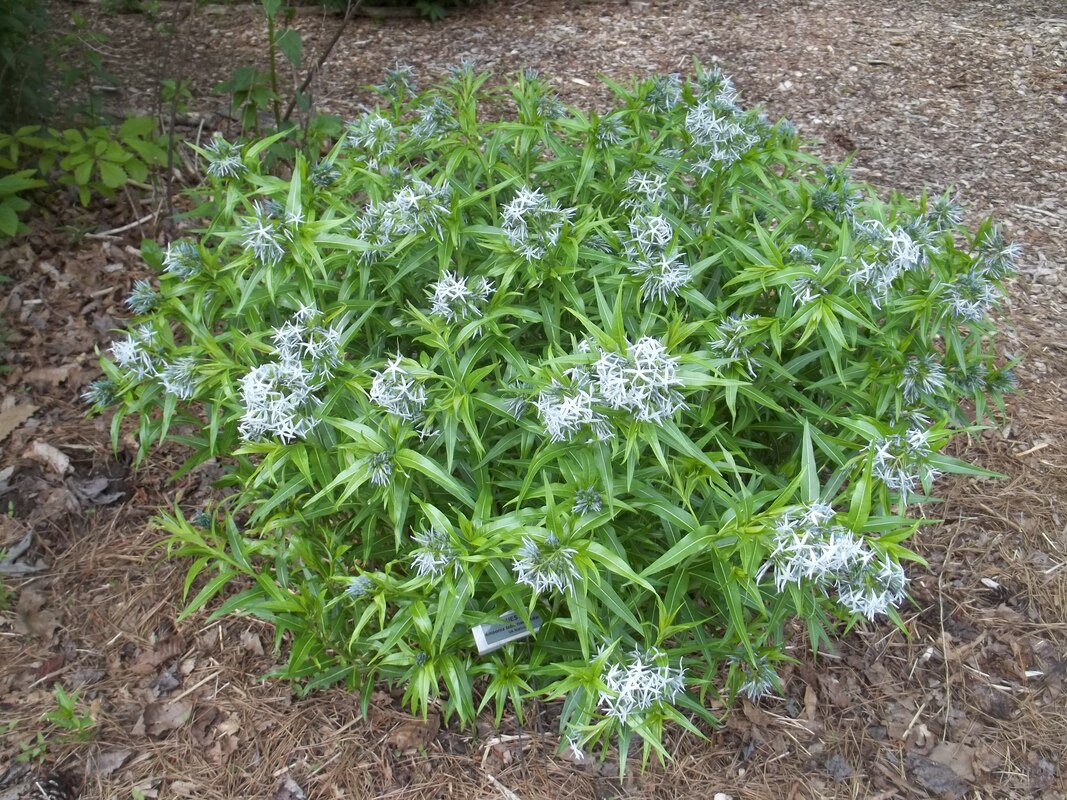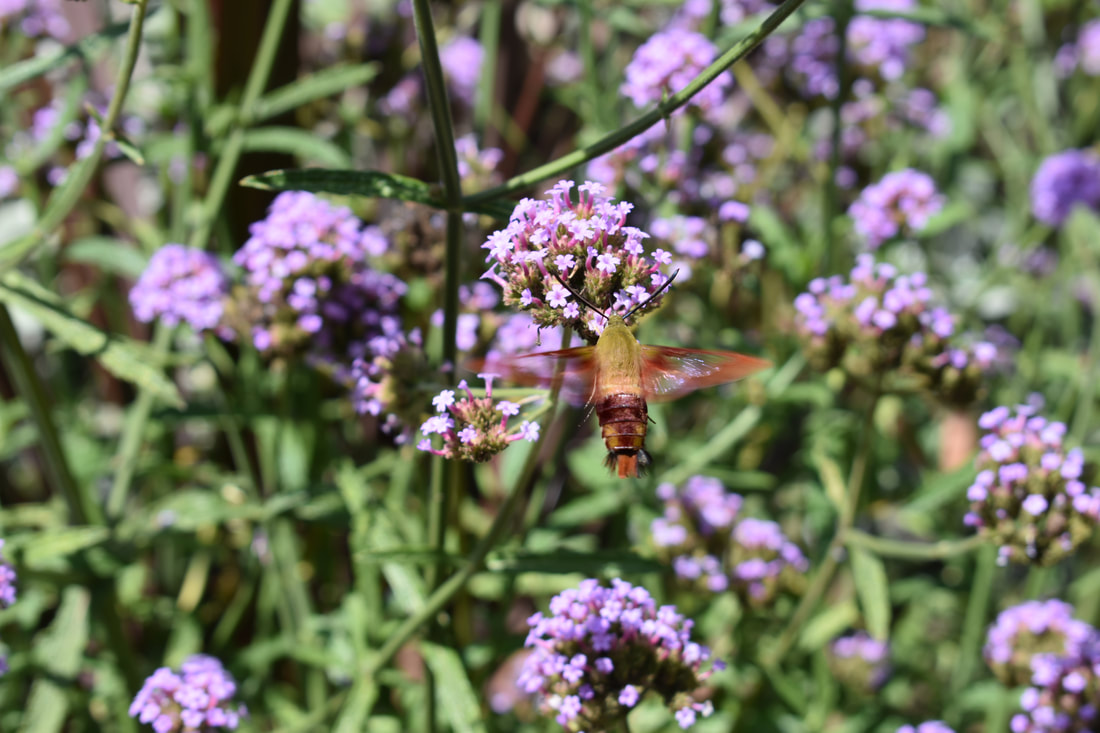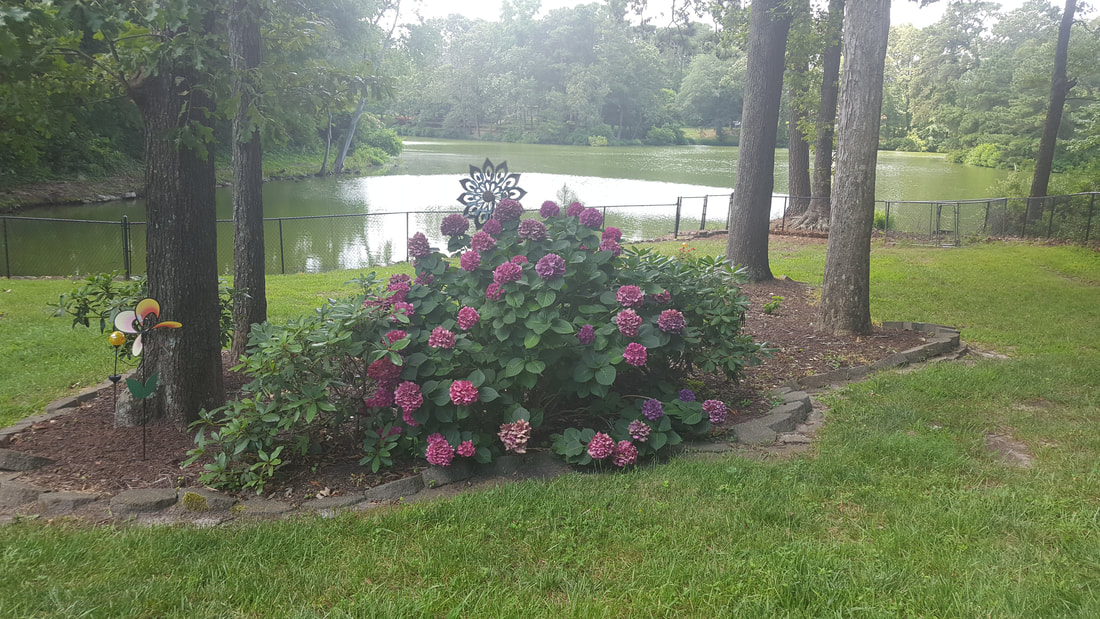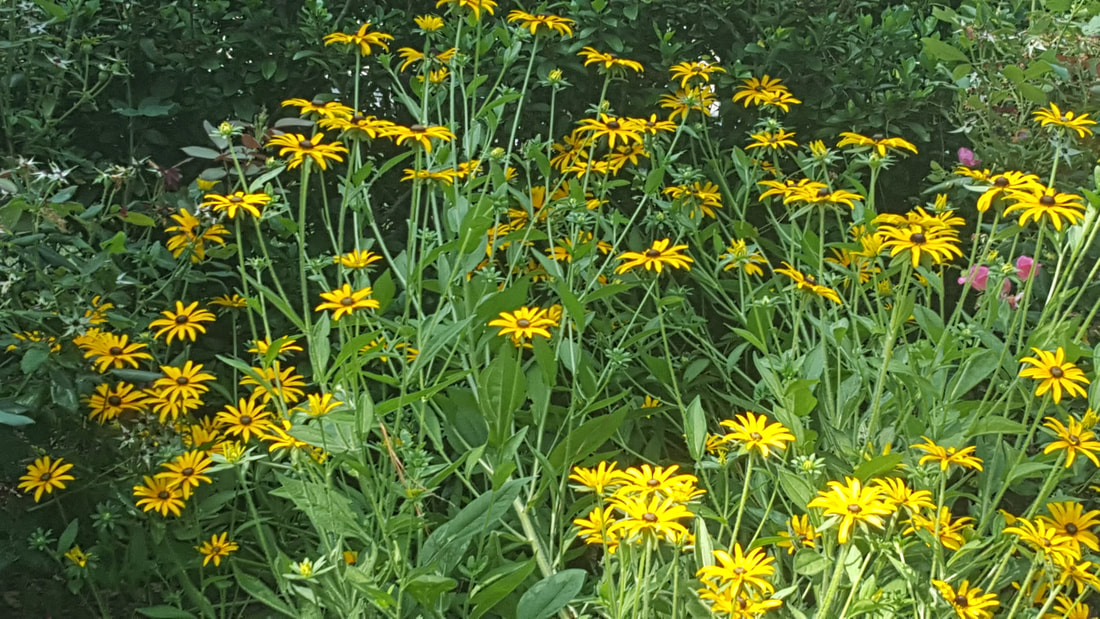|
Fall is a time to rejuvenate your garden! This is an ideal time to plant new trees, shrubs and perennials so they have several months of root growth before the winter dormancy. The days are becoming mild, nights are cooler, and the soil stays damp from the rains. Stress is reduced for the plants and they can establish roots, instead of growing leaves and flowers. When warmer temperatures arrive in the spring, these plants put their energy into growth instead of establishing a root system. The development of strong and healthy roots is the key to growing a strong and healthy plant. Also, spring weather isn’t always ideal for planting. Late snow or excessive rainfall can make the soil too wet and unstable. If an extended rainy period is immediately followed by hot, dry summer weather, new trees and shrubs can suffer, manifesting scorched leaves and limited growth. Thus, fall planting becomes an attractive alternative with a reward of vigorous growth in the spring and a plant better equipped to handle the heat and drought of summer.
Fall is also ideal for selecting trees and shrubs for fall color and blooms. Deciduous plants are more suitable for fall planting than evergreens due to water stress. The evergreen leaves are exposed to dry winds all winter long and continue to lose water. Plants with shallow, fibrous roots recover faster than those with large, thick taproots. Late summer and fall are also the prime planting times for spring flowering bulbs and rhizomes. A few quick tips:
|
AuthorDebi Edwards Categories |
|
Virginia Cooperative Extension is a partnership of Virginia Tech, Virginia State University, the U.S. Department of Agriculture, and local governments. Its programs and employment are open to all, regardless of age, color, disability, gender, gender identity, gender expression, national origin, political affiliation, race, religion, sexual orientation, genetic information, military status, or any other basis protected by law.
|
Master Gardener Help Desk
|




